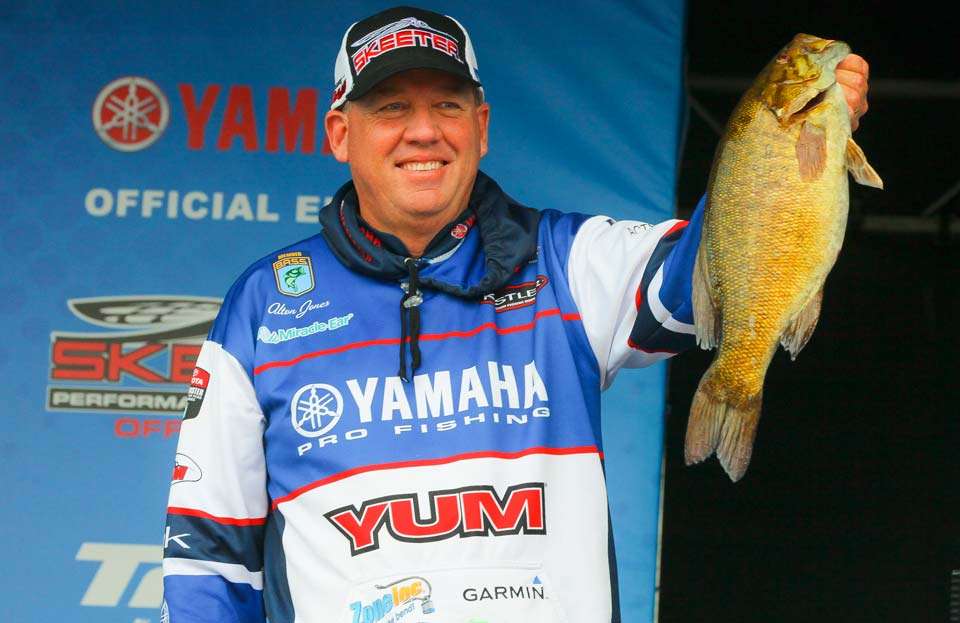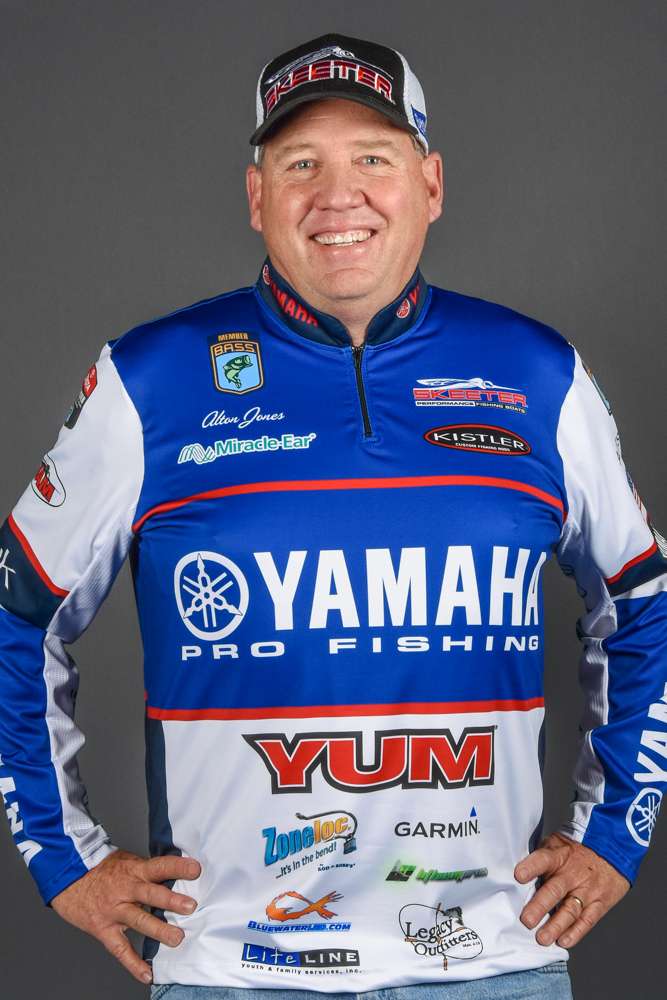
If the first two words you associate with winter are “cold weather,” I’d suggest you try these instead: “big fish.” The cold part is certainly not inaccurate, but I like catching big fish and this is a good time of year to do so.
In the summer, you might hit a magic spot and catch 70-80 bass in a day. And not that you can’t do that in the wintertime — you can; but even when you get around a group of fish, your numbers will be way down. You may only get five to eight fish to bite, but your chances of getting the big ones in that group to bite go way up.
Bottom line: The cold weather that can shut down the bite on the smaller fish, it ignites the bigger fish.
Also, the fish are heavy with eggs, so they’re swollen to their largest size of the year. The bass aren’t burning many calories in the colder water, so they retain most of their weight through winter. In fact, if you look at the record books, most of the fish over 8 pounds get caught during the coldest months — from December until right before the spawn starts.
When I’m looking for winter bass, I’m trying to find groups of fish; I’m not just going down the bank and hoping I find one. Whether I’m shallow or deep, I’m looking for concentrations of fish.
I will say that the one commonality in my winter fishing is that there’s always access to deep water. Sometimes we get long stretches of mild weather in the winter, but in case the conditions deteriorate, the fish are still going to be close to the deep water; and often, no more than a cast away.
Now, that being said, it’s important to note that cold fronts in the wintertime affect humans more than fish, because air temperature fluctuates more than water temperature. Remember, water takes much longer to cool or to warm, so weather changes are felt much more above the surface than below.
You may have a 50-degree day, but the next day you have a high of 26. That is a big, bit adjustment for us humans, as warm-blooded creatures. Whereas, at 20 feet, that same cold front may not change the temperature at all.
That’s why the fish need that deep water access. The lakes will usually cool to what I call the “core temperature.” The first 10 feet or so may have some temperature fluctuations, but once you get deeper, the lake’s temperature doesn’t change much.
If you look at the core temperature like insulated clothing, the fish keep that depth zone handy in case they need it it, just you and I keeping a jacket handy on a cool day. That’s why I stay close to deep water this time of year.
So, how do I catch winter fish? Well, there are several ways and I’ll start by briefly saying that one of the more effective winter options is one that is not allowed in Bassmaster Elite Series events — the YUM Flash Mob Junior.
My personal favorite way to catch winter bass is swimming a jig. Around heavy cover, I’ll use a 1/2- to 3/4-ounce Booyah Boo Jig with a 3 1/4-inch YUM Chunk trailer. Over gravel or rocky bottom, I’ll use a War Eagle football jig with the same trailer. If I’m fishing bluffs — especially bluff transitions — I’ll use a 3/8- to 1/2-ounce War Eagle Heavy Finesse round head jig with a smaller YUM Chunk or a Craw Papi.
The other bait I like for winter bass is a Booyah One Knocker lipless crankbait in either Rayburn red or golden shiner. With either one, I’ll yo-yo the bait in and out of the grass or burn it.
This is a good time of year to have two people on the boat so you can experiment with colors and retrieves. Pay attention to what’s working and dial in the fish’s preference. Once you do, you can rock and roll.

